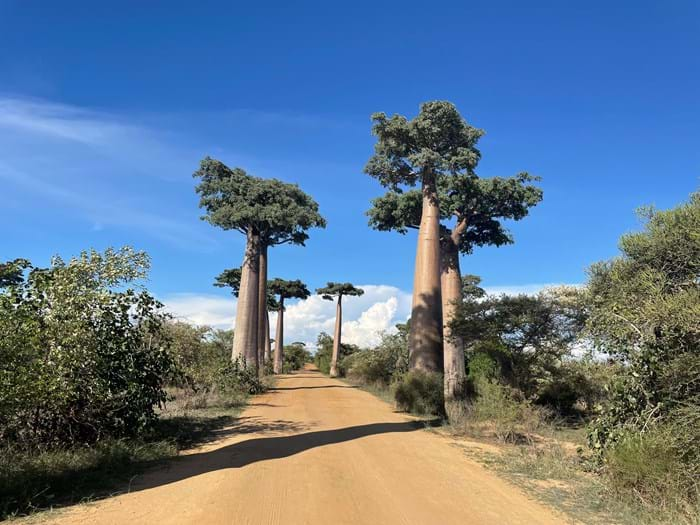- 0,000
hectares of the degraded lands will be reforested
- 00,000
people will indirectly benefit from the project
Where
Morondava, MadagascarFocus area
BiodiversityDuration
2023 - 2027Economy
DKK 15 million
Prime partner: Madagascar Protected Areas and Biodiversity Trust Fund (FAPBM)





Objectives
- The conservation areas of the landscape are secured through the reinforcement of management capacities and operational procedures.
- Coherent landscape co-management systems are developed and implemented.
- A regional and national multi-stakeholder forum with regional partners that are proactively promoting and supporting the landscape.
- Identified climate resilient and forest friendly livelihoods and value chains are scaled-up across the landscape by the project partners.
- Sustainable landscape funding mechanisms are identified and promoted.
